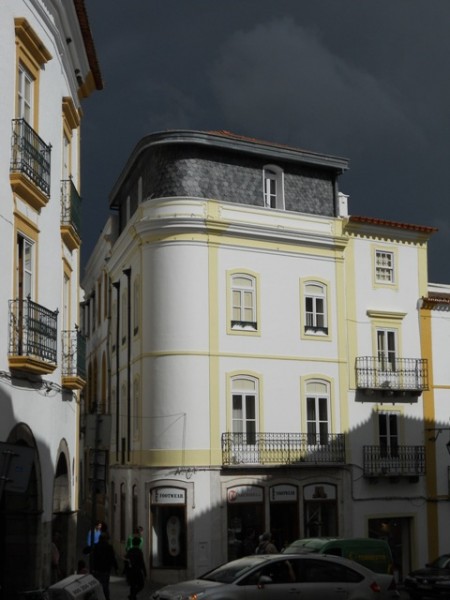It is refreshing to find places in the world where modern science cannot provide all of the answers. It can often add little or nothing to questions of how, why and who created a feature or structure that has us all enthralled at its beauty, its size or the reason why someone would create it in the first place. The Nazca Lines is one such place, and left me both fascinated, intrigued and hungry for more information; and the ride was memorable too!
In the remote Nazca desert, several hundred kilometres south of Lima and along the Pan-Am highway, we pulled up at a small airstrip. Five of us squeezed into a small Cesna, one next to the pilot and four of us in two rows behind him. Soon we were airborne and staring down at the barren earth, looking for signs of the figures we’d come to see.
Sure enough the pilot soon announced that we were passing over a Spider figure “A la derecha!” he shouted as he banked the plane steeply to the right, and those by the windows on that side stared down and saw the shape. When we had our pictures and gave him the thumbs up, he smiled and with a swing of the steering column it was “a la izquierda!” and we all hung onto our stomachs as the guys on the left got their photo-opportunity.
The shapes in the desert were noted by Paul Kosok in 1929, and have most famously been explored by Maria Rieche, who has devoted her life to investigating the mysterious formations, and trying answer the questions Why? and How? Theories abound, from these being ancient message to the Gods, to the remarkably long straight lines bring runways for space travel, either by the Nazcan people or for inbound visitors.
The How? is equally baffling. The size of these shapes make them almost impossible to have been created with this degree of accuracy without someone seeing them from above. Did Nazcans have some form of early hot air balloon, almost 1,500 years ago, from which they could observe and manage the construction of these shapes?
 Our tour went on for half an hour of twisting and turning. We saw most of the shapes and explored the long straight lines carved across the desert floor. By the end of the flight our heads were spinning, and not only with the mysteries we were left to ponder!
Our tour went on for half an hour of twisting and turning. We saw most of the shapes and explored the long straight lines carved across the desert floor. By the end of the flight our heads were spinning, and not only with the mysteries we were left to ponder!
Seeing the Nazca lines is a natural stop for anyone travelling along the Pan-Am highway to Arequipa. I believe some people also make a day trip from Lima. It was well worth the visit, and while of course I didn’t develop any magical insights into the questions that have been puzzling experts for many decades, I did experience at first hand the sheer scale of these drawings, and was able to appreciate the impossibility of how these could have been created given our perceptions of the primitive nature of ancient civilisations. And that was worth the roller-coaster ride alone!


 Merida: a Roman marvel in western Spain
Merida: a Roman marvel in western Spain Storm warning: black clouds over Evora, Portugal
Storm warning: black clouds over Evora, Portugal

Great post – would love to see them some day. Stumbled!
Thanks Barbara – it's a great place to get to, and so much else to see along the Pan-Am highway.
Great post, remembered me of our travel to Peru back in 2000. We traveled from Lima to Arequipa and of course stopped at Nazca. Even the long straight lines are amazing, not only the figures. Standing next to such a straight line, following it with your eye all up to the horizon, magical. Twirling wind follows these lines, keeping them surviving all these years. Truly magical..
Emiel
Thanks for sharing your experiences Emiel. It is a truly magical place. Like you say, that they have survived so many centuries too is incredible.